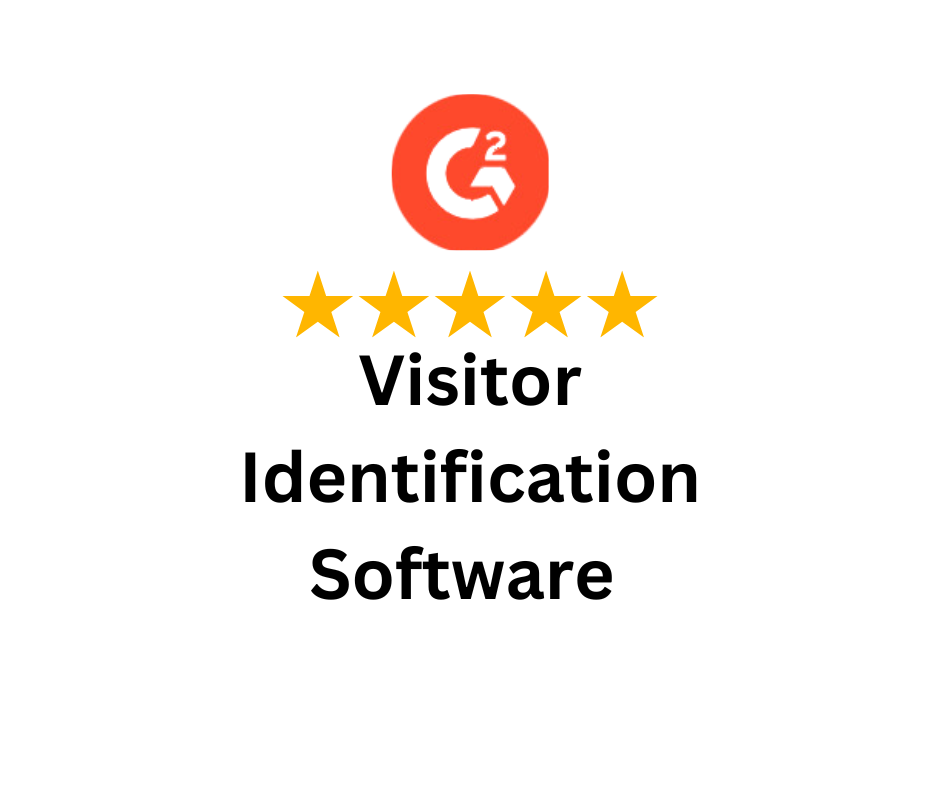Understanding why visitors leave your site after viewing only one page is essential for improving engagement and conversions. The bounce rate measures the percentage of single‑page sessions versus all sessions. A high bounce rate may signal slow load times, poor user experience, or content that doesn’t meet visitor expectations—yet in some cases, it’s perfectly normal. This guide explains what bounce rate is, provides updated industry benchmarks, and outlines practical steps to reduce your bounce rate.
Bounce rate is the percentage of visits where a user arrives on a page and leaves without triggering another page view or interaction. For example, if 100 people land on a page and 45 leave without clicking anything else, that page has a 45 % bounce rate. While bounce rate isn’t a direct ranking factor, it’s a strong indicator of user experience and content relevance.
Still Have Any Doubts? Read This Detailed Explanation: What is Bounce Rate and How to Reduce it
There isn’t a universal “good” bounce rate. The ideal number depends on your industry, site type, and visitor intent. Blogs and news sites typically have higher bounce rates because users often read a single article and leave. E‑commerce and SaaS sites aim to guide visitors through multiple pages (products, checkout, pricing), so their bounce rates should be lower. Comparing your site to industry benchmarks helps you set realistic goals.
Check the Best Formulas and Method on: How to Calculate Bounce Rate
Below is a snapshot of typical bounce-rate ranges across key sectors. Use these numbers as a reference rather than strict rules.
| Industry / Site Type | Typical Bounce Rate Range | Notes |
|---|---|---|
| E‑commerce / Marketplaces | 30 % – 45 % | Well‑optimised stores keep bounces lower, but slow pages or confusing checkouts increase bounces. |
| Blogs & Content Sites | 65 % – 90 % | High bounce rates are normal because readers often consume one article and leave satisfied. |
| Health & Beauty | Around 52 % | Visitors often research products or tutorials; clear information keeps them engaged. |
| Electronics | Around 47 % | Shoppers compare specifications quickly; detailed product pages help reduce bounces. |
| Outdoor & Sporting Goods | Around 37 % | Interactive tools (size guides, calculators) encourage deeper browsing. |
| Home Goods | Around 42 % | Balance in‑depth research with inspirational content to keep visitors on-site. |
| Specialty Products | Around 32 % | Niche stores often serve highly engaged audiences looking for specific items. |
| SaaS (Software as a Service) | 50 % – 65 % | Prospects compare features and pricing across multiple SaaS products; clear messaging and demos help. |
| Financial Services | Around 52 % | Clear navigation and trust signals reduce bounces in a complex sector. |
| Food & Beverage | 56 % – 65 % | Restaurant and food-ordering sites are often used for quick information (hours, menus). |
| Apparel & Footwear | Around 45 % | Strong visuals and immersive shopping experiences keep bounces lower. |
Generally, bounce rates between 26 % and 40 % are considered healthy. Rates above 70 % often indicate issues for transactional or multi‑step sites, whereas very low bounce rates (under 20 %) may signal tracking problems.
Knowing the average bounce rate for your industry is crucial when trying to understand how your website compares to your competitors. Bounce rates can vary a lot, depending on the sector, the audience, and the type of content you offer to your customers. Let’s unpack some of the latest industry benchmarks for 2025 and see what’s trending compared to last year.
Here’s a quick snapshot of typical bounce rate stats across industries, backed by data from Google Analytics, Hotjar, and HubSpot:
Compared to 2024, bounce rates are slowly declining in industries that have been investing in better user experience and personalized content. Ecommerce businesses, in particular, benefit from faster loading times and smarter product recommendations as there is no face to face interacting during the sale. Blogs see a slight rise due to the explosion of niche content competing for attention.
High bounce rates can point to:
However, high bounce rates are sometimes acceptable. A glossary entry, recipe page or single‑topic blog post may satisfy the visitor’s intent perfectly, and they have no reason to click elsewhere.
Do Read: What is a Good Bounce Rate
So, what is the average bounce rate in ecommerce? It usually lands somewhere between 20% and 45%, but don’t take that as the one and only truth because it really depends on the page and what visitors are doing. Some pages are stickier than others and that is okay.
Take product pages, for example. Folks are browsing, maybe comparing, so bounce rates there tend to be lower. But once they hit the cart or checkout, things get tricky. That’s where a lot of shoppers bail out, that’s what we call checkout abandonment. Maybe the process feels too long or confusing.
One big thing that kills engagement? Slow load times. If your site drags, people don’t wait around. UX matters too because a cluttered layout or buttons that hide in weird places can make shoppers run for the hills.
And don’t forget to ensure that your site is set up for mobile devices. More than ever people are shopping on their phones, so if your site isn’t built for mobile, you’re in big trouble. Making sure everything’s easy to tap and looks good on small screens is a must.
To fix bounce rates, speed up your pages and then compress those images! Keep your design clean and your CTAs obvious. Test what works and listen to where users drop off. Sometimes, tiny changes like clearer product info or a smoother checkout can make a world of difference.
Watching the average bounce rate in ecommerce helps you catch problems before they grow into real issues. It’s all about making shopping easy and enjoyable.
Read More About: Average Bounce Rate for Ecommerce
Getting a good bounce rate means understanding what works best for your specific industry. What helps a blog keep readers engaged won’t always suit an ecommerce store or a B2B landing page. Here are some practical tips tailored to different site types so you can optimize bounce rate like a pro.
Across all industries, regularly improving user experience (UX) is key to reducing exits and increasing time on page. Keep testing, tweaking, and listening to your audience. Small changes, like better internal linking or a clearer CTA, often make the biggest difference.
Understanding the average bounce rate in your industry is the first step to improving how visitors interact with your site. A good bounce rate usually falls under 40%, while 40% to 60% is considered normal, depending on your industry. High bounce rates aren’t always bad, but they do signal a need for a closer look. The next step? Audit your site’s bounce rate using reliable tools and compare your numbers with industry benchmarks. This way, you can pinpoint what’s working and where to optimize for better engagement.
Bounce rate is a valuable barometer of how visitors interact with your site, but it must be viewed in context. Compare your numbers with industry benchmarks and look at other engagement metrics—session duration, conversions, and engagement rate—to understand whether a high bounce rate is a warning sign or simply normal user behaviour.
If you discover that your bounce rate is hurting your business, focus on improving page speed, delivering content that matches search intent, simplifying navigation, and attracting the right audience. Finally, use tools like heatmaps and session recordings to see where visitors drop off. CausalFunnel’s AI-powered Persona Nudge Dashboard and heatmap tools can show you exactly how users behave on each page and help you turn more visitors into customers.
Most experts consider a bounce rate between 26 % and 40 % to be healthy. Rates over 70 % often signal issues for transactional or multi‑page sites, while anything under 20 % may indicate tracking errors.
Blogs and content websites often see bounce rates between 70 % and 90 %. Readers typically come for a single article, find the information they need, and leave. Focus on metrics like time on page, scroll depth and conversions rather than bounce rate alone.
In GA4, bounce rate has been replaced by “engagement rate.” You can derive bounce rate as 1 minus the engagement rate. Engagement rate counts sessions with at least 10 seconds of engagement, two or more pageviews, or a conversion event.
Empowering businesses to optimize their conversion funnels with AI-driven insights and automation. Turn traffic into sales with our advanced attribution platform.

